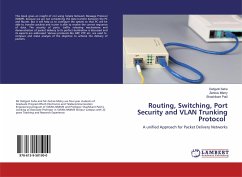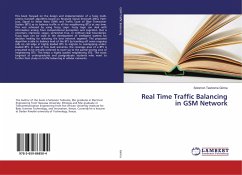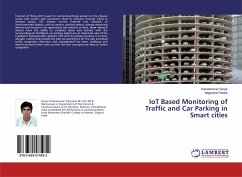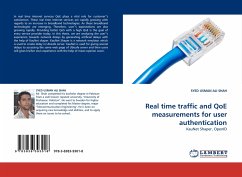With rapid growth of internet traffic over last few years, the area of internet traffic classification becomes very significant for various ISPs. Now days, traditional internet traffic classification techniques such as port number and payload based techniques are seldom used because of use of dynamic port number instead of well-known port number in packet headers and various cryptographic techniques used to encrypt packet payload. Current trends are use of machine learning techniques for internet traffic classification. In this research work, downloaded internet traffic dataset, self-developed internet traffic datasets for packet capture duration of 2 minute and 2 seconds and reduced feature datasets developed using Correlation based Feature Selection Algorithm are employed for analysis purpose. Then, five ML algorithms Multilayer Perceptron, Radial Basis Function Neural Network, C4.5 Decision Tree, Bayes Net and Naïve Bayes algorithms are used for internet traffic classification. This analysis shows that C4.5 is an effective ML technique for internet traffic classification provided packet capture duration and number of features characterizing each sample should be minimum.
Bitte wählen Sie Ihr Anliegen aus.
Rechnungen
Retourenschein anfordern
Bestellstatus
Storno








